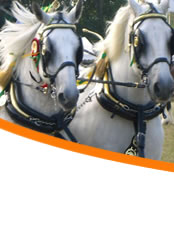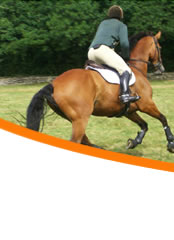ADVICE LINE
0845 5000 666
8.30am - 7.30pm
Please leave a message if you cannot get through and we will call you asap.

We promise to provide effective natural products of the highest quality at all times.

Natraliving Horse Homepathy
 |
Mudfever Aid Kit"A multi remedy solution for best results” A great choice to treat and prevent symptoms of Mudfever. A specially formulated cream to soothe and heal cracked and sore skin along with a specific remedy- Mudfever Aid made up of a combination of remedies to target the problem and Arsenicum a remedy used to help clear the underlying susceptibility and therefore reduce the chances of re-occurrence. Use as follows: Mudfever Aid – dose x 3 tablets twice daily for 7 days followed by 3 tablets once daily until condition clears. Follow with a dose (3 tablets) once3 weekly to phelp prevent re-occurrence. Arsenicum – give 3 doses (3 tablets) in 24 hours once monthly year round. RRP FOR THE KIT: £24.00
|


































